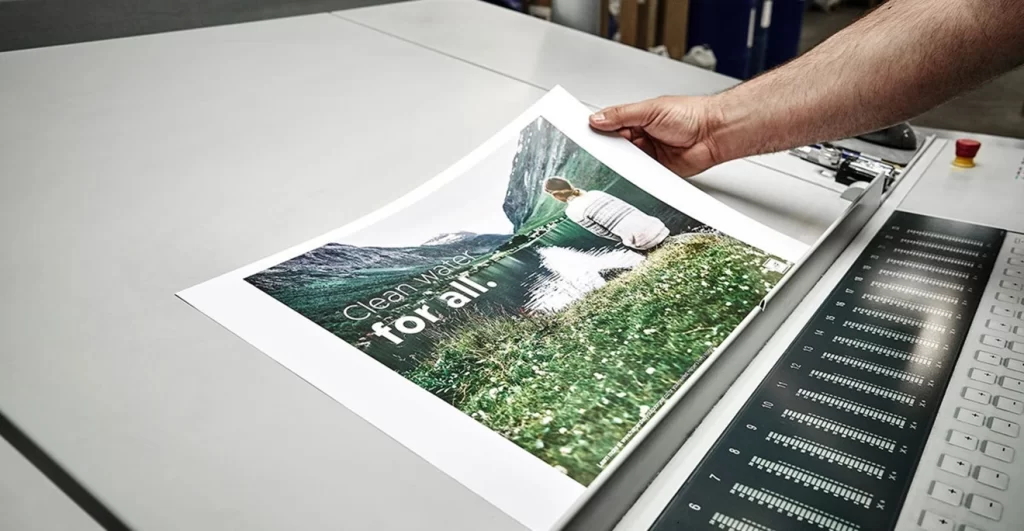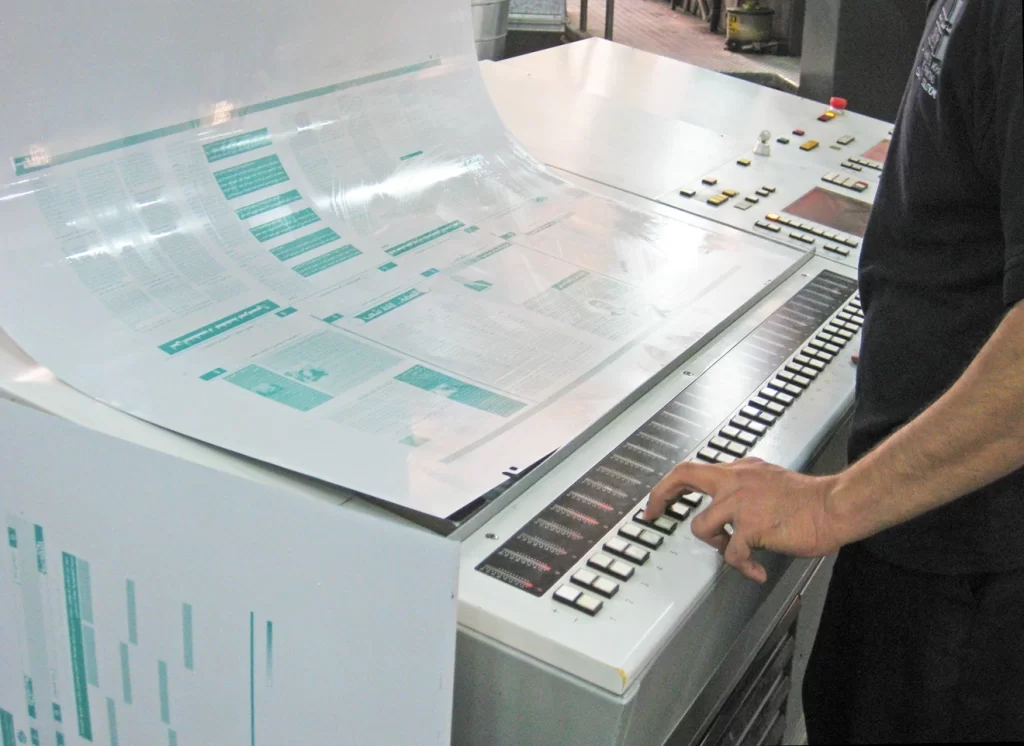Types of Printing Plates [Explained Guide 2025]
In the world of printing, the role of printing plates is pivotal. These plates are unsung heroes of the printing industry. These act as a base for all the processes involved in the printing operation.
Whether it’s a screen or offset printing, it’s important to use the right printing plate to determine the productivity of the print run. As you’re dealing with printing plates, you have to be rest assured about the printing blankets (bridge to connect the printing plate to the substrate).
This guide will discuss different types of printing plates and the features that distinguish them.
Understanding different printing plates will help to get quality printing as well as efficiency in the whole process.
Table of Contents
Types of Printing Plates
Printing plates are the surfaces used to transfer the ink design to the paper or other substrate material. Each type of plate has its unique dos and don’ts, making it more or less suited to different types of printing techniques. At the heart of this technology, three main types of printing plates are the following:
Metal Plates
These most durable and long-lasting printing plates are typically made of aluminum. But there’s an exception. The printing market is full of metal plates that are also made of copper, zinc, or magnesium.
The designs produced by these plates have high-quality prints, with sharp lines. These ink colors can withstand much wear and tear.
These printing plates are mostly used in lithographic printing. These work on the principle of oil and water repulsion to transfer the image onto the desired surface like newspapers, magazines, and packaging materials. It’s an ideal choice for long print runs, mainly in offset printing; web offset, and sheet feb printing, no matter how expensive these are.
Polyester Plates
Polyester plates are a more economical alternative to metal plates. They are less durable than metal plates but can still withstand a moderate number of print runs.
These plates are also easier to make and faster to process. In lithographic printing, these plates are mostly used to produce spectrum.
Despite this, polyester plates may not give the best quality prints, particularly when dealing with complex images compared to those printed on metal plates. But when you use it correctly, the delivered results will be superb.
Photopolymer Plates
This newer type of printing plate is quickly gaining popularity. These are crafted using a special light-sensitive substance that hardens upon exposure to UV rays.
It helps to make photopolymer plates highly versatile to produce high-resolution prints in flexographic and letterpress printing. Due to flexibility, these are used to print on plastics, metallic films, and cellophane.
It’s a go-to solution for packaging and label printing. As such, it is not expensive in production and provides a cheaper market. Despite this, these are not as strong as metal plates and might not work best with big prints.

Cost Implication and Reusability of Plates
Count the cost first, when you’re going to start a new project. Let me break that down for you in an easy way. The cost implications of printing plates refer to the impact they have on the overall expenses of the printing process. These can be a significant part of the cost, especially for large-scale printing projects.
Choosing the right types of printing plates and the material affects the overall budget. For instance, more durable plates might initially cost more, but they can be more cost-effective in the long run as they last longer.
Reusability is an important factor when considering printing plates. Some printing plates are reused multiple times which helps save money and reduce waste. Certain types of plates, like aluminum plates (metal plates) can be reused, cleaned, and stored for future use.
This reusability factor not only cuts down on material costs but also contributes to a more environmentally friendly printing process.

Operational Alternatives for Printing Plates
“Life is not all about waiting for the storm to pass, it’s about learning to dance in the rain”. Yeah! There’s always a third way to deal with that storm differently. When it comes to alternatives to printing plates, digital printing is gaining popularity. This way allows you to direct printing from digital files by ending the need for printing plates altogether.
It’s worth noting though, that unlike a traditional offset print using plates, where in the case of large print runs, the additional set-up costs and time could be significantly high, the per unit cost in digital print could exceed in the case of large print runs.
Nonetheless, digital printing is an affordable and speedy choice when comes to small print orders with tight deadlines.
Nonetheless, the advantages of digital printing are endless; it’s affordable and speedy when doing small print orders with tight deadlines.
Emerging Trends in Printing Industry
Every industry evolves with time and the printing industry is no different. Several emerging technologies that revolutionize the printing industry. One of the top-notch talks is about the growing demand for environmentally sustainable printing solutions.
According to Forbes, more than 60% of poll respondents prefer businesses that are devoted to decreasing plastic waste and improving the environment. New materials and technology are in use to enhance the performance and efficiency of printing plates.
Hybrid printing systems that mix digital and plate-based printing are gaining popularity. By keeping an eye on these trends and improvements, you can stay competitive in the printing business and use new technology to improve your printing processes.
Printing Plates Vs. Paper Plates
When it comes to printing, “paper plates” refer to plates that are made from paper and similar materials and intended for one use. Although these plates are cheaper than metal or other types of plates in the initial stages, such dishes have a relatively short life expectancy.
At first glance, they appear cheap regarding minor and standalone print projects but poor print quality and higher tolerance make them inefficient for a long time printing.
Hence, the overall cost and the value for money will inform the choice of which kind of printing plate to use besides the price of the printing plates.
The Bottom Line
Printing plates are an essential part of any printing process. It significantly came up with to print’s run quality and overall success. By understanding different types of printing plates, their advantages, cost, and reusability, you can choose the right plate for your specific needs.
